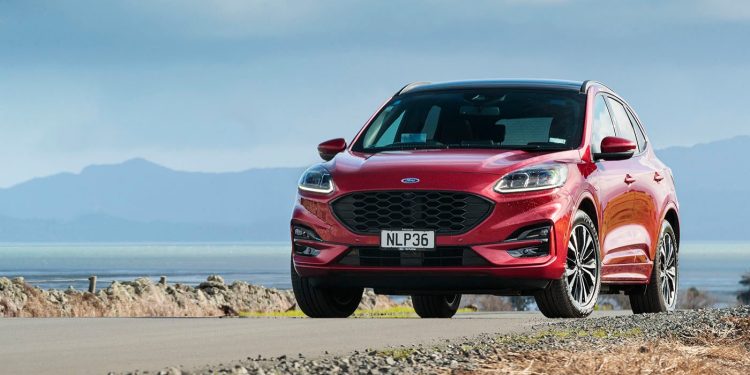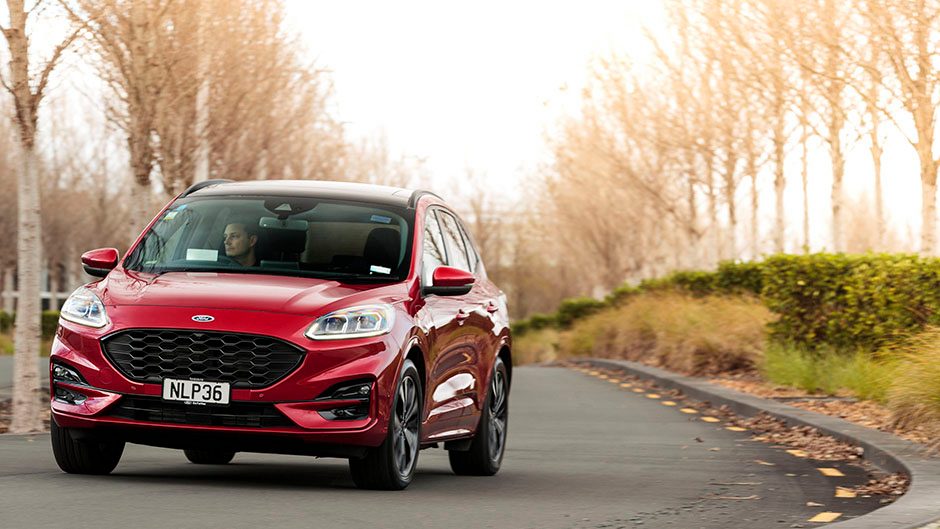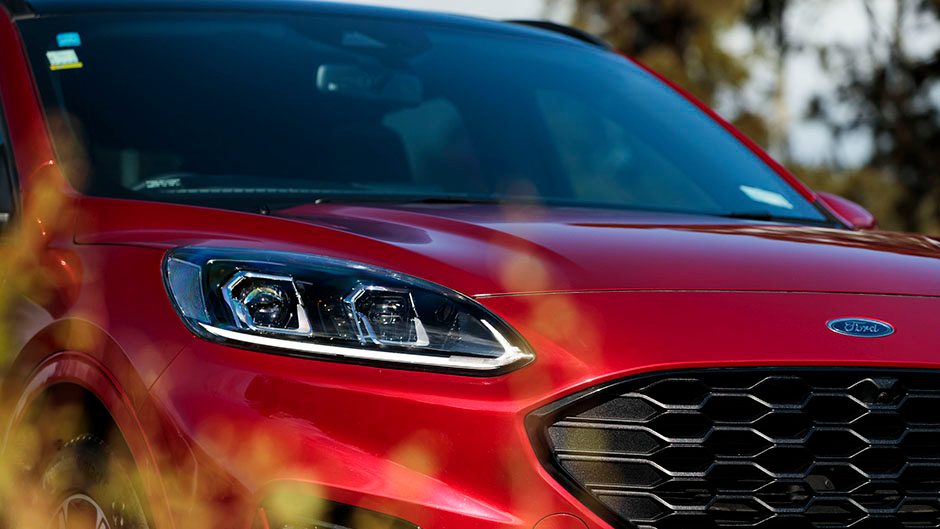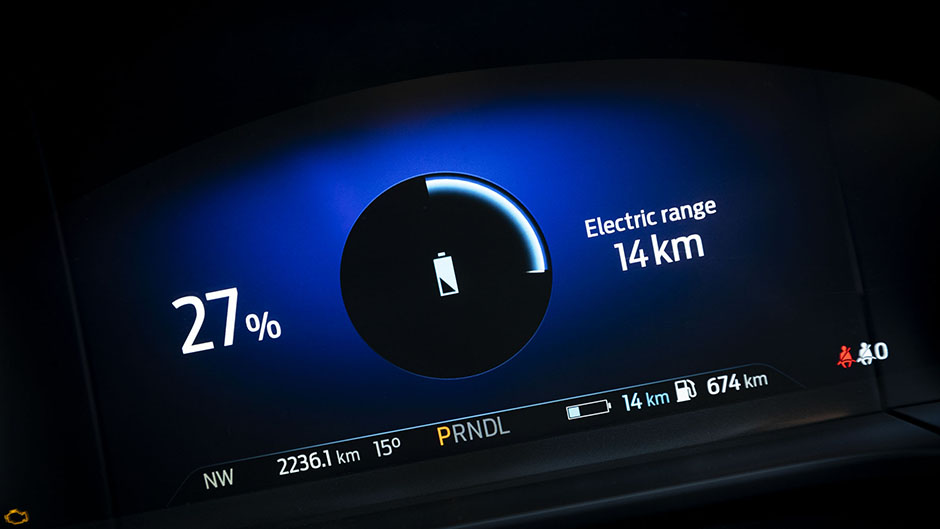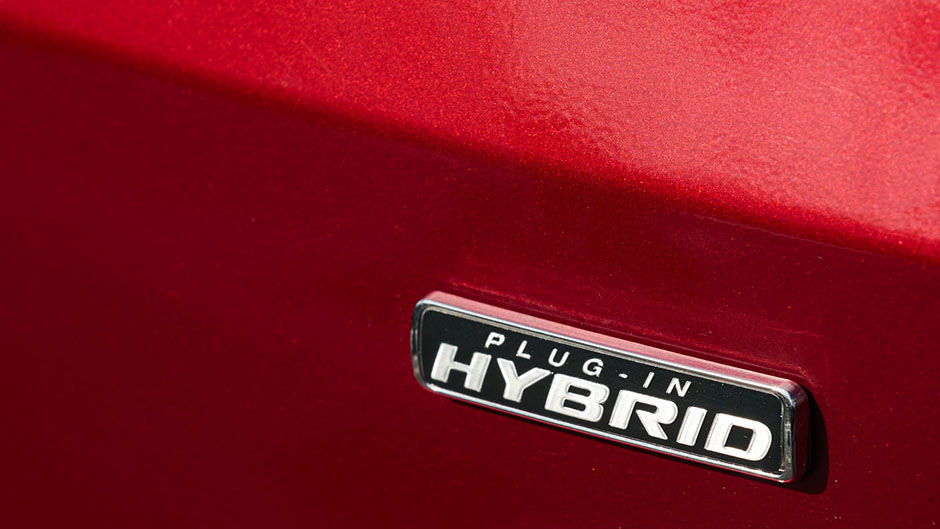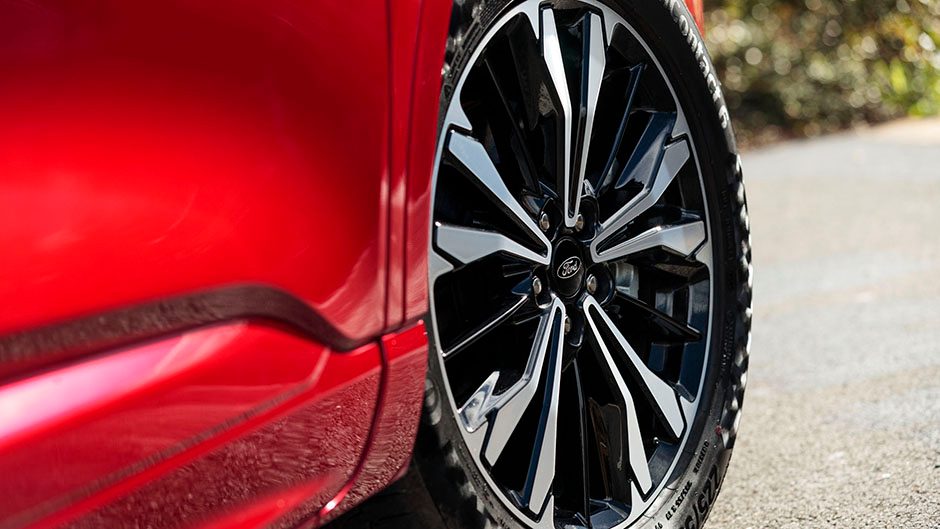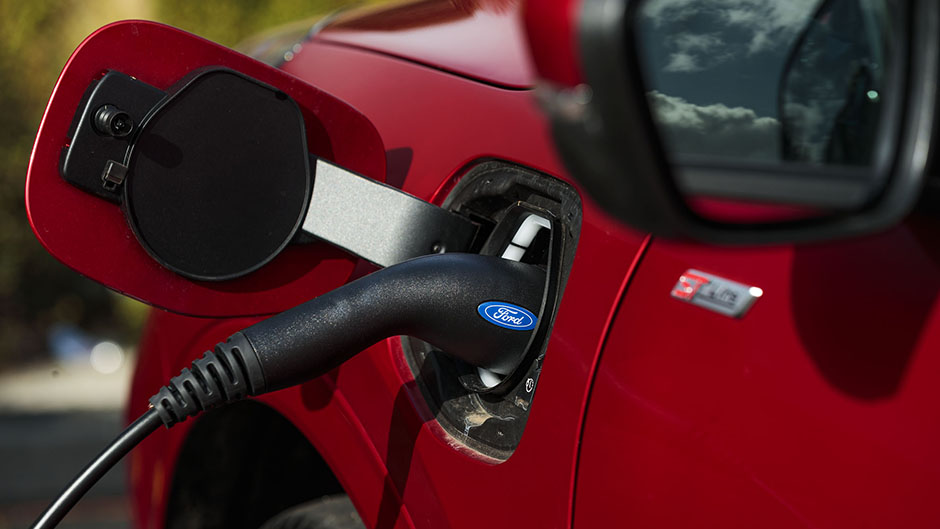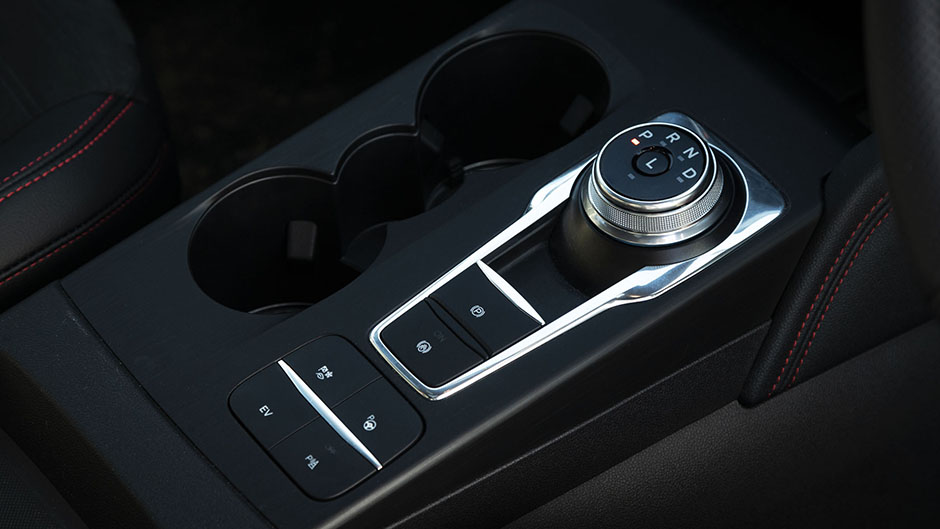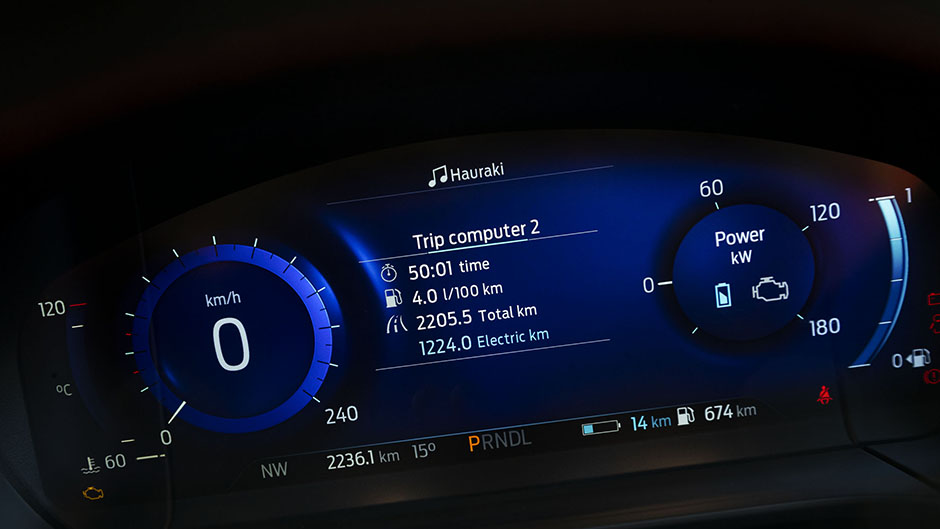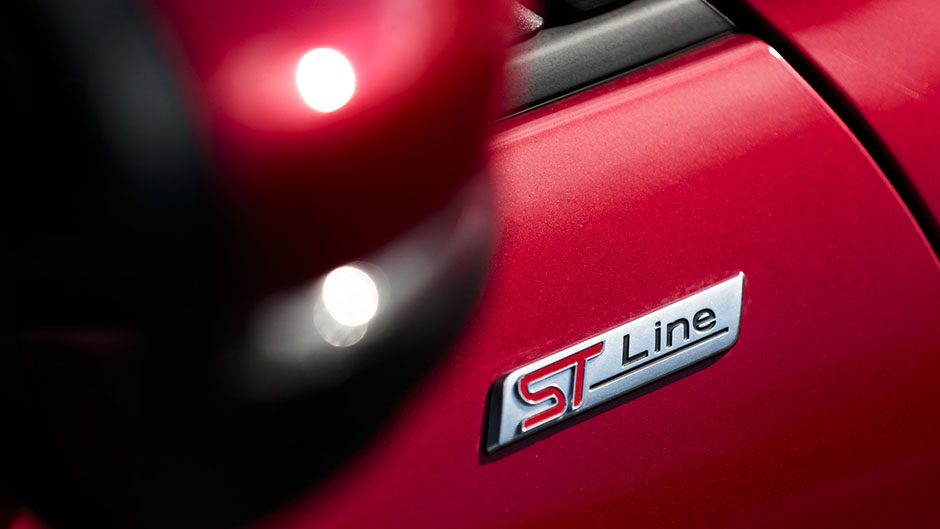2021 Ford Escape ST-Line X PHEV review
Words: Kyle Cassidy | Photos: Tom Gasnier
The arrival of Ford’s Plug-in hybrid Escape coincides with the recently announced clean car rebates. Is it time to make the switch?
So you’re contemplating this electric thing yet aren’t quite ready to go full out on a pure EV. We bet you’re still hung up on ultimate range and concerned by the lack of charging infrastructure. A plug-in hybrid might be the answer, especially now the Government is offering $5750 to help persuade you. That’s the rebate on a new PHEV, like Ford’s plug-in Escape. While the conventionally powered Escape arrived last year, the plug-ins were delayed with the supplier of the battery having to sort a wee overheating problem. They say they’ve fixed it now, and perhaps the timing couldn’t be better, what with the uptick in electric inquiry. So is this plug-in right for you?
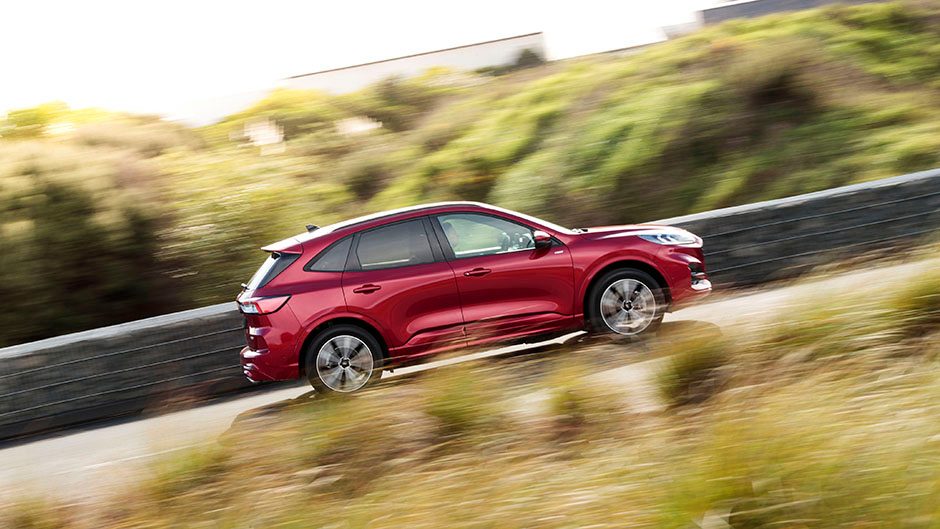
Do you need to adapt your driving habits because it’s a plug-in? No but you do have to charge it up regularly. There are a few hybrid-specific drive modes but best not to overthink it. Just leave it in the default hybrid/auto mode and you’ll get the majority of your commuting done without rousing the engine. It’s only when you punch the gas hard that the engine will fire. The electric torque delivery is sufficient rather than impressive, but just right for round-town ramblings. Along with the usually smooth power delivery, it’s fairly quiet in EV mode, though you notice the alien-like humming noise it makes at low speeds and when stopped. There’s only a minimal amount of braking regen when in D, though you can push the button labelled L (for Low, we think) on the gear selector and you’ll access more accelerator-off retardation if you prefer. As for ‘EV range’, we managed to get over the 50km mark twice when the majority of travel was on city streets rather than the motorway, where you’re more likely to get around 40km. It travels happily at 100km/h on volts, but the range is lessened for sure. Once the battery is showing empty, that’s not the end of engine-off running however. Brake regen will charge the battery and the hybrid system will still switch the engine off whenever it can.
The Escape PHEV has a helpful trip computer and upon journey’s end there is a handy summary of the distance traveled, your consumption (if any), the miles covered on volts and an estimated time to recharge. This vehicle’s long term average over 2200km was sitting at 4.0L/100km with some 1200 kays travelled on volts. For the majority of our week with the Escape, we were averaging 0.7L/100km, though finished up on 2.3L/100km, covering 526km in total with 427km of those on electric power.
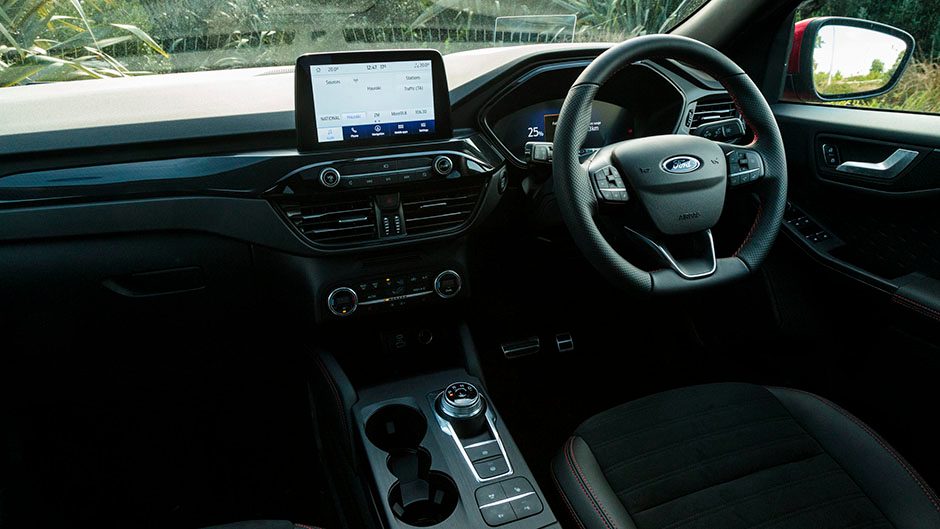
With the supplied portable charger, it took seven hours to fill a dead battery from the mains. We were fairly pedantic with our charging, plugging it in whenever we could, which is the only way to net low fuel consumption. But it takes less than a minute to plug in, and we’d recommend a suitable wallbox for either home and/or work to ensure a safer and more efficient charging experience. It sure beats going to the gas station every week. And while it’s a higher buy in, J.Shaw and co would prefer you to approach the purchase decision from more angles than just dollars and cents.
The Escape’s chassis handles the extra weight okay, the damping resolute and it still flows around the bends resisting the urge to understeer. The steering feels more digital than normal, with a constant desire to snap back to centre. On winding roads, the power delivery is either on or off, while the brakes are rather sensitive under foot. Best to stick to the main highways then, where it will transition between motivators seamlessly and get you to your destination sans the usual EV range anxiety.
The rest is typical Escape which is to say a well conceived five-seat SUV with practical interior space. Present are the active safety and myriad convenience features (including particularly hot seat heaters) you’d hope for at the price. Although relatively new, the interior design doesn’t appear so novel in 2021 while the infotainment system, with it’s small screen seems a generation behind the latest offerings too. The plug-in competition includes the ages-old Outlander PHEV (though the Eclipse is newer), Mini Countryman, Kia Niro, MG HS and the rather expensive Peugeot 3008.
| Model | Ford Escape ST-Line X PHEV |
| Price | $66,990 |
| Engine | 2488cc, IL4, EFI, 167kW/Nm |
| Drivetrain | e-CVT, FWD |
| Fuel Use | 1.5L/100km |
| C02 Output | 33g/km |
| 0-100km/h | 8.81sec |
| Weight | 1859kg |


